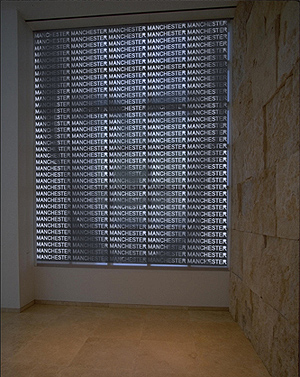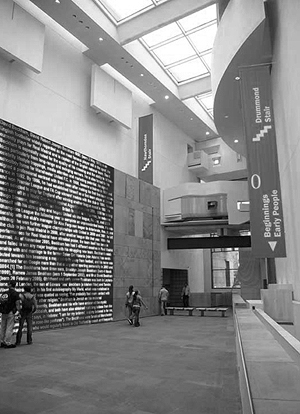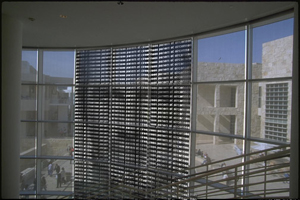| Index | Works | Resume | Publications | Projects | Contact |
|
||||||||||||||||||||||
DAVID BECKHAM TEXTPORTRAIT |
||||||||||||||||||||||
|
||||||||||||||||||||||
Art and Artprojects: David Beckham. I’d bet a fiver that Sam Taylor-Wood’s filmed portrait of David Beckham is the only one in the National Portrait Gallery where the sitter is snoozing. Commissioned for the permanent collection, it shows the footballer apparently asleep in a Madrid hotel room. Positioning her camera close to Beckham’s face, bare arms and tattooed upper torso, Taylor-Wood just lets the camera run. The film is silent, and any movements are the sitter’s, not the camera’s. With his hands tucked sweetly under his head, Beckham looks young, serene and blissfully happy. Although he sometimes shifts position or moistens his lips, he doesn’t wake up. When he smiles in his sleep or his eyelids flutter, we sense that he may be dreaming, but otherwise not much happens in a film lasting over an hour. As the celebrity magazines say, this is Beckham as you’ve never seen him before. But this straightforward description of the portrait is only half the story. In David, Taylor-Wood is paying homage to Andy Warhol’s film Sleep — the unwatchable six-hour epic from the late 1960s in which the artist placed a camera next to a sleeping man, let it run, and then screened the result. But where the man in Sleep was anonymous, we viewers know all there is to know about Beckham’s professional, social and marital affairs. This, of course, is the nature of celebrity like Beckham’s. We already feel we know him intimately — Taylor-Wood just takes that intimacy into the bedroom. And this, I think, is the really extraordinary thing about her work. Of all the people in British life to show asleep, why choose a sportsman famous for his speed, grace and agility? The answer is that Beckham is also famous for something else: he is one of the most beautiful men in the world. Taylor-Wood ignores the football star and focuses on the hunk, seeing him through the eyes not of a sports fan but of a woman. What is most audacious about the piece is its unapologetic sensuality. For, in art, sleeping figures — especially when nude or half-clothed — carry a strong erotic charge. Think of all those 18th-century sleeping shepherdesses watched by amorous swains and you see how restrained Taylor-Wood is being in her frank appreciation of Beckham’s beauty. Most relevant to the way Taylor-Wood fills the screen with Beckham’s face and upper torso are Picasso’s sensual depictions of his mistress Marie-Thérèse Water abandoned in sleep. Normally in art, the very fact that the artist is permitted to observe his subject while asleep implies sexual intimacy. And by showing Beckham from close to in bed, Taylor-Wood implies that the viewer is lying next to him, able to reach out and touch him, like a lover. It’s a neat reversal of a tradition that has, for the most part, been the province of male artists, and it is to Beckham’s eternal credit that he agreed to collude in Taylor-Wood’s stylish updating of a tired genre. |
||||||||||||||||||||||



